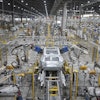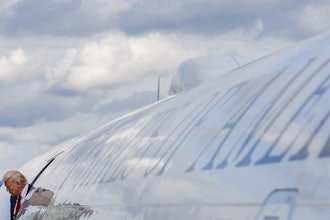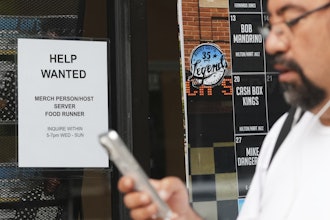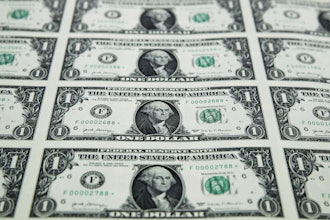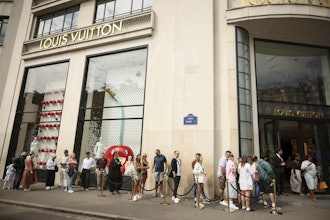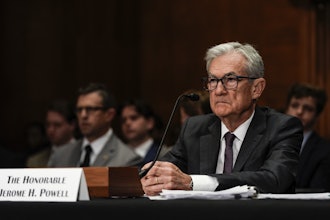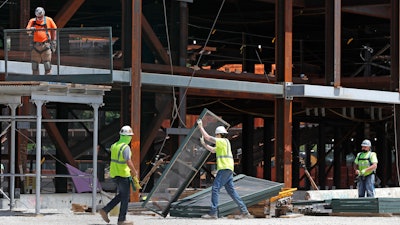
WASHINGTON (AP) — Businesses across the country surveyed by the Federal Reserve don’t appear to share the Trump administration's optimism about a rapid economic recovery starting this summer.
The Federal Reserve released a report Wednesday that draws on business contacts from the central bank's 12 regions and details the economic damage in April and May, as measures to combat the spread of the coronavirus outbreak took hold.
The report, know as the beige book, cited business contacts who were less sanguine about the economy's outlook than the administration. President Donald Trump has forecast “some great numbers” in the final three months of the year and a strong recovery in 2021.
“Although many contacts expressed hope that overall activity would pick up as businesses reopened, the outlook remained highly uncertain and most contacts were pessimistic about the potential pace of recovery,” the Fed said.
Even with the assistance from the Fed and nearly $3 trillion in support from Congress, the economy has absorbed a major blow, with unemployment jumping to 14.7% in April, the highest since the Great Depression of the 1930s.
The overall economy, as measured by the gross domestic product, shrank at an annual rate of 4.8% in the January-March quarter. Economists are forecasting that the second quarter decline could be a record-breaking drop of 40%.
In terms of getting laid-off workers back, the report said the Fed’s business contacts cited a number of challenges including “workers’ health concerns, limited access to childcare and generous unemployment benefits.”
Since the global pandemic began, the central bank has cut its benchmark interest rate to a record low near zero and pumped billions of dollars into the financial system to ensure an uninterrupted flow of credit.
The Fed noted that consumer spending dropped sharply as mandated closure of many retail establishments remained in place. Auto sales were also down sharply from a year ago.
The Fed's report also pointed to sharp declines in U.S. manufacturing, with output notably weak in autos, aerospace and energy-related manufacturing.
Economist Ksenia Bushmeneva with TD Economics, said the latest beige book paints a “dire picture of plunging economic activity across the United States” during the survey period that ended May 18.
“While the worst in terms of shutdowns is likely in the rear-view mirror, navigating the economy out of the crisis will take some time as the rate of recovery will differ across states and industries,” she said.
The Boston Federal Reserve Bank reported that its hotel-industry contacts said that hotel occupancy had fallen in excess of 80% in the Greater Boston area in April, with a number of large conventions being canceled through early fall. As a result, over 200,000 hotel room nights will be lost.
Employment has fallen significantly, with millions of laid-off workers filing for jobless benefits. The Fed said that layoffs would have been even more severe, but the Small Business Administration's Paycheck Protection Program helped many businesses to limit or avoid layoffs.
The beige book also noted that energy activity has plummeted. Producers have closed wells, leading to historically low levels of active drilling rigs as a global oil glut combined with the plunging demand for gasoline and jet fuel.
The report will be used as a basis for discussion on the economy when the central bank's policy-making committee meets on June 9-10 to decide its next moves on interest rates.

